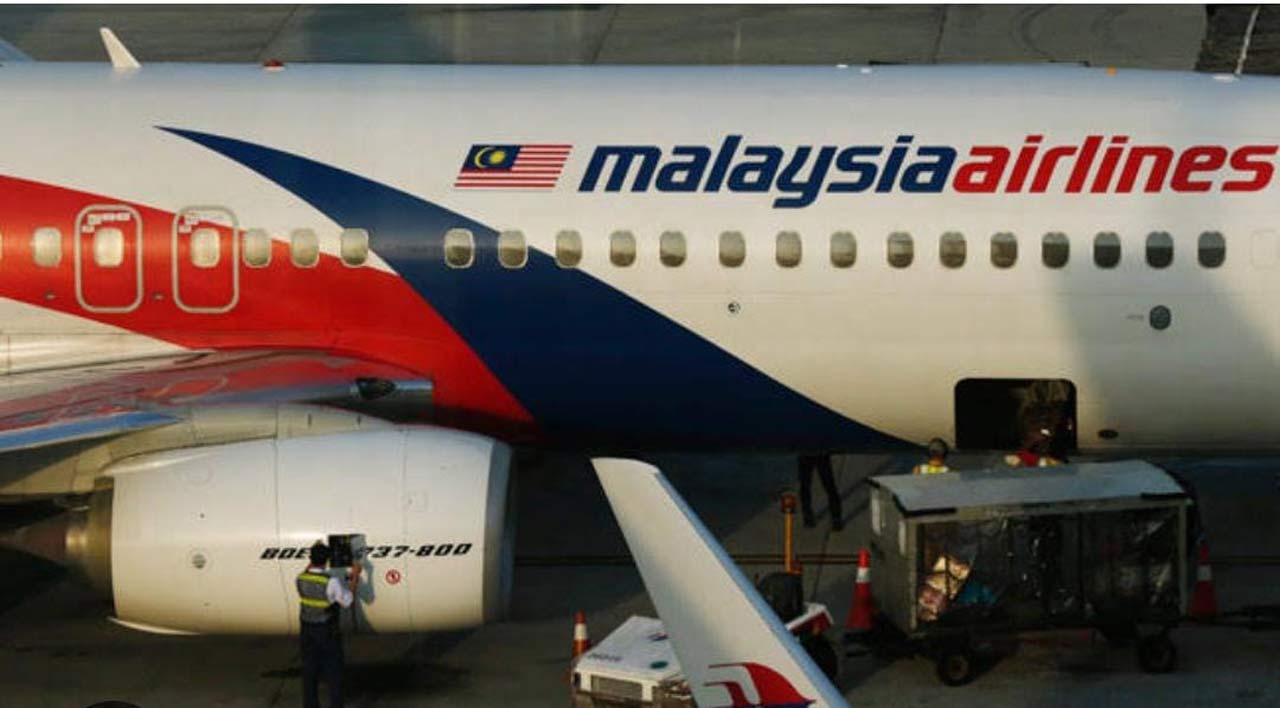What is a “PAN-PAN” emergency landing of an aircraft?
Here is all you need to know about a PAN PAN emergency call, why and when it is declared...

Hyderabad: A Kuala Lumpur-bound Malaysian Airlines flight, which took off from Rajiv Gandhi International Airport (RGIA) in Hyderabad on Thursday, made an emergency landing, as crew noticed a fire in one of the engines.
The Boeing 737 aircraft, which was reportedly carrying 138 passengers and crew onboard, developed a snag and the pilot noticed a fire in the right engine 15 minutes into the flight, after which the crew declared a ‘PAN-PAN’ emergency before returning to RGIA.
Also Read
What is a PAN-PAN emergency message?
A PAN-PAN emergency message is the international standard urgency call that is declared by aircraft when someone onboard needs help with a ‘urgent’ situation that does not pose an immediate danger to anyone onboard or the aircraft itself.
This emergency defines a state of urgency but is different from a ‘MayDay’ call which refers to an impending danger to the lives of those onboard or the to the aircraft on the whole.
The PAN-PAN signal was first defined by the International Radiograph Convention of 1927. In the aeronautical field, the call is given in situations of:
* The aircraft getting lost
* Aircraft facing system failure, that requires an immediate route or altitude change
* An engine failure in a multi-engine aircraft where the aircraft is able to maintain the height despite the technical issue. (This was the issue faced by the Kuala Lumpur-bound flight which made an emergency landing in Hyderabad.)
From an Air Traffic Controller’s perspective, a landing is considered an emergency one if the pilot has declared an emergency situation and has not cancelled it by the time the aircraft touches down.
If the emergency is happening at an aerodrome, standard procedures are followed, in which a “full emergency” routine will be activated.
The full emergency routine involves pushing Rescue and Fire Fighting services into action. The procedure is commonly referred to as Aircraft Rescue and Fire Fighting (ARFF). The rescue is specifically dedicated to the support of safety in aircraft operation.
It involves immediate response, hazard mitigation, evacuation of passengers and crew of the aircraft which has made the emergency landing.
This is a standard protocol that is followed for all kinds of emergency landings if the aircraft is landing in an aerodrome.
Related News
-
Telangana techie loses Rs 4.15 lakh to online gold trading fraud
13 mins ago -
Hyderabad: Couple working as house help at doctor’s residence held for theft
29 mins ago -
Hyderabad auto driver foils attempt to kidnap young woman, five held
1 hour ago -
Haiti gang attack on journalists covering hospital reopening leaves 2 dead, several wounded
3 hours ago -
21 dead as Mozambique erupts in violence after election court ruling
3 hours ago -
Cartoon Today on December 25, 2024
10 hours ago -
Former Home Secretary Ajay Kumar Bhalla appointed Manipur Governor, Kerala Governor shifted to Bihar
11 hours ago -
Opinion: The China factor in India-Nepal relations
12 hours ago




